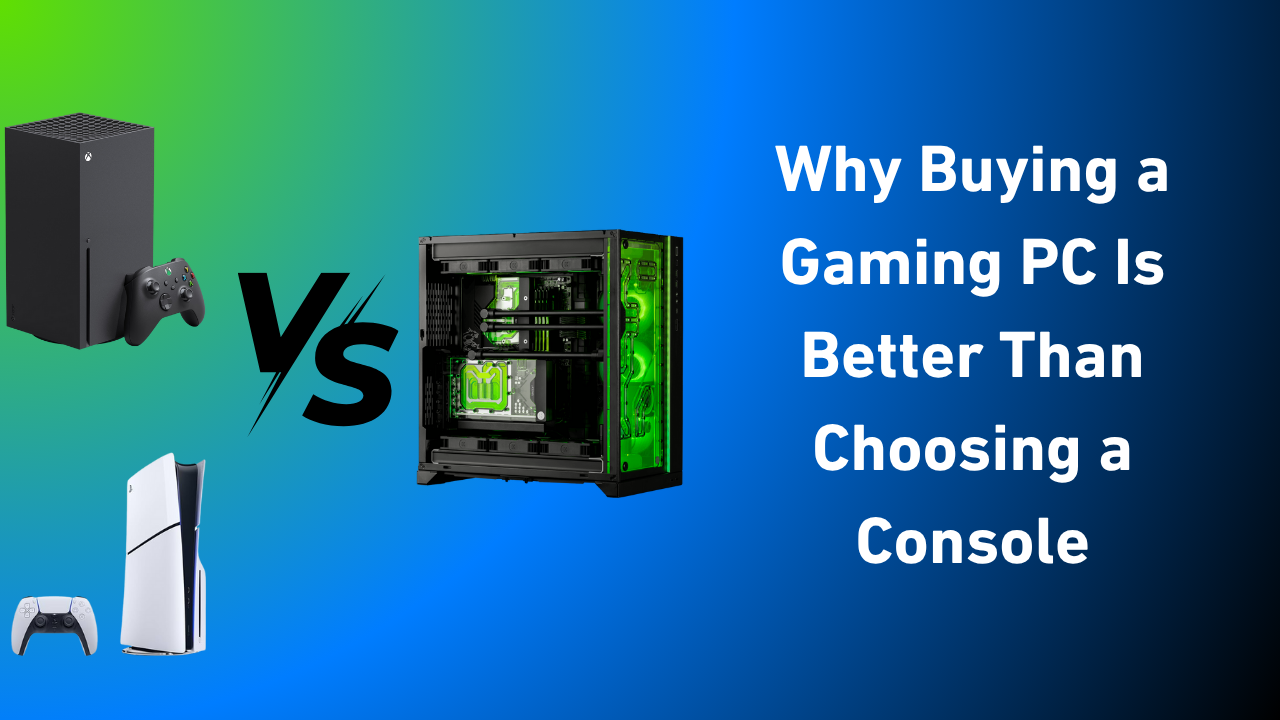Ray tracing has come a long way since it first appeared in gaming. Once seen as a niche, resource-heavy feature reserved for tech demos and ultra-high-end systems, ray tracing in 2025 has become much more accessible and practical. Improvements in graphics hardware, AI upscaling technologies, and game engine optimizations have pushed it closer to the mainstream, making it a feature more gamers can actually use and enjoy.
The biggest leap forward has come from NVIDIA’s RTX 50 series GPUs, which use the new Blackwell architecture and fourth-generation RT cores. Combined with DLSS 4 and its Multi Frame Generation technology, these cards can produce several extra frames for each rendered one, which greatly reduces the performance impact of enabling ray tracing. This has made high frame rates and realistic lighting possible even in demanding games.
Game engines have also evolved to make ray tracing more efficient. Unreal Engine 5, with its Lumen technology, brings real-time global illumination and reflections that look impressive even on mid-tier systems. Games like Black Myth: Wukong and Clair Obscur: Expedition 33 have showcased how this technology can make even indie titles look visually stunning. Meanwhile, Alan Wake 2 has become a benchmark for what is possible with advanced lighting and reflections, thanks in part to DLSS 3.5 and better engine-level optimizations.
Benchmarks still show that ray tracing can significantly reduce frame rates, particularly in very demanding titles like Cyberpunk 2077. On high-end cards, enabling ray tracing can lower performance by around 20 to 50 percent compared to rasterized graphics. However, the gap is closing quickly thanks to the continued development of AI-powered upscaling and frame generation, which allows gamers to maintain high frame rates even with ray tracing enabled.
Some games have struck a great balance between visuals and performance. Assassin’s Creed Shadows is one example, offering smooth 60 frames per second gameplay on the latest consoles and high-end PCs, even with ray tracing on. The Witcher 4 tech demo has also impressed gamers by running at 60 frames per second with ray tracing on a stock PlayStation 5, showing that even consoles are catching up and making ray tracing more viable for a wider audience.
It is clear that ray tracing still comes with trade-offs, especially at higher resolutions or with more advanced effects like path tracing. On NVIDIA’s RTX 4090, tests show an average performance drop of around 30 percent, and on AMD’s RX 7900 XTX, the impact can be even greater in some games. Even so, the visual improvements are undeniable and more gamers are choosing to enable ray tracing now that the technology is better supported and optimized.
Ray tracing in 2025 feels more like a standard feature than a luxury. Between hardware that is powerful enough to handle it, smarter software that minimizes the performance hit, and games that use it effectively, the technology has reached a point where it is realistic to include in everyday gaming. For gamers who value immersive visuals and realistic lighting, ray tracing is finally a feature worth turning on without worrying as much about the drawbacks. As more games continue to adopt it and as hardware gets even better, ray tracing is likely to become a staple of PC and console gaming for years to come.



